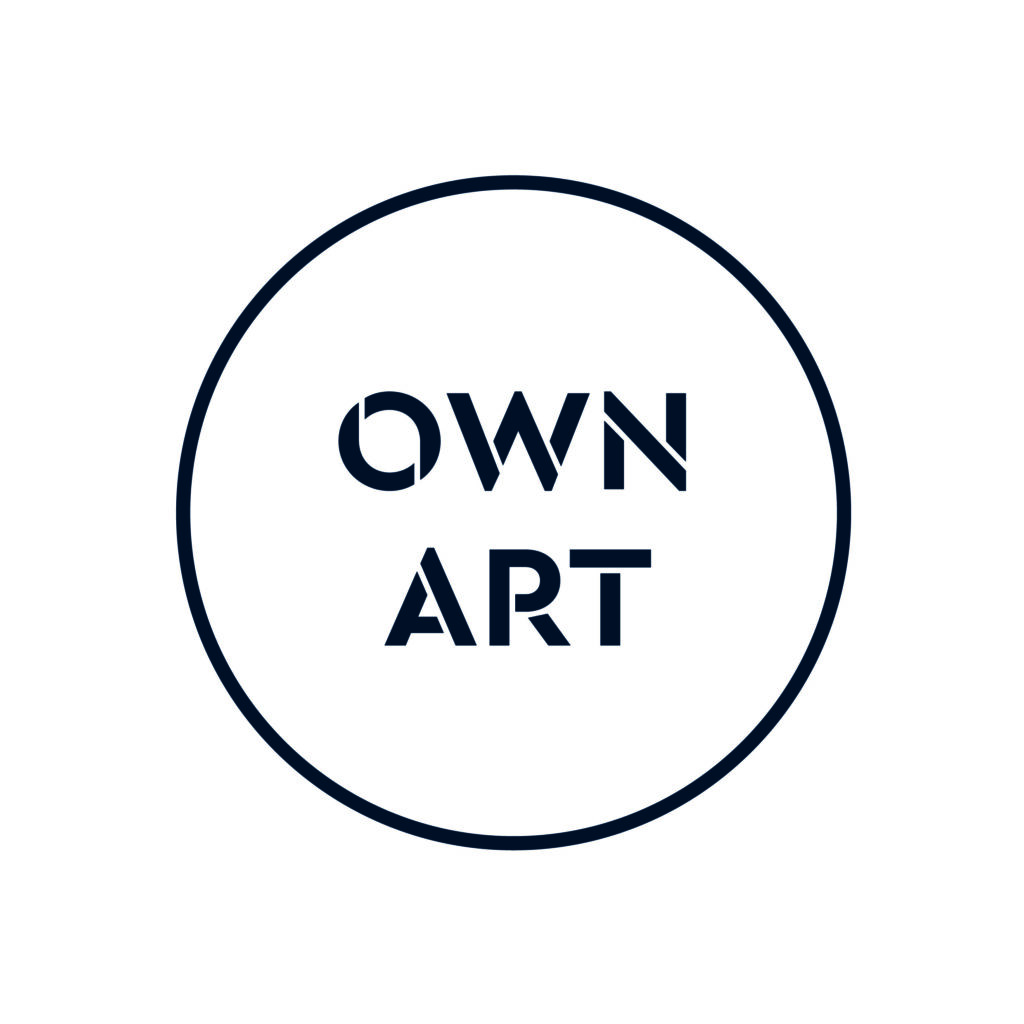Eddie Hallam – Artist Interview
Another Lockdown intereview – this time with one of our newest Artists Eddie Hallam –
Firstly Here’s a little introduction from Eddie about how he become a wildlife sculptor:
From being a small child, I had become totally fascinated by all kinds of wildlife. I set my heart on becoming a wildlife conservationist.
On leaving school at 15 I studied hard at evening classes to get enough qualifications to go to university. I enrolled at university to do an honours degree in Biological Services. It was at this time that I realised that I had also entered the art world through a back door.
To become a top field biologist, it was essential that you could sketch quickly, accurately and proficiently, for both recording and identification purposes. It was also a long-standing tradition that good biologists were often good artists.
I found I loved sketching, especially in the field and I have carried on all my life, and to this day I am rarely caught without my sketching bag.
I also became an active wildlife conservationist for many years. In or around, 1990 I visited a gallery in Suffolk and saw an exhibition by Nick Bibby featuring his wonderful wildlife sculptures. The following week I started buying pieces of sculpting kit and I was on my way. From my biological work I knew I had a good knowledge of anatomy, feather groups etc and it all seemed to come together very quickly. I had my first bronze sculpture cast within months of starting and I am nearing my century of sculptures. Fortunately, they have turned out to be extremely popular.
Here is the rest of the interview:
- how is the lockdown affecting your work?
I don’t think the lockdown has affected me as much as most people. Being an artist, and living in a tiny hamlet 900ft above sea level in the Derbyshire hills is very similar to being in self isolation permanently . My workshop and gallery are in the grounds of my garden so I don’t have to travel to work.
An artisans life is quite lonely for most of the time so a quiet life is fairly normal for me . I like the extra peace and quiet, and the reduction in traffic is good for the environment.
Having experienced a few weeks of lockdown I have found some inconveniences , my regular supplies of sculping materials have closed down, as have the foundry who cast my bronzes. I have had to cancel a sketching trip to the coast, and two important exhibitions have been cancelled . I have got plenty of work I can be getting on with but I have a lack of urgency feeling.
With my gallery closed I have not had the normal interruptions, nor any income, also the five galleries that I supply have all closed. I do wonder what the immediate future holds. I have lived through a few crises and things have usually returned to normal , given time. The art business takes some working out.
Workwise I have nearly finished my second sculpture of the year, a female kestrel. Late last year I finished a life size otter which has recently been delivered. The otter was for my two early exhibitions but both have been cancelled .
On the painting front I have been wanting to paint a very , beautiful, small Scottish island. It is privately owned but after some trying I have got permission to go ashore, but the lockdown brought a halt to that. I have done many sketches of this island and I am all ready to have a go at a big painting of it. At least it will be cheaper to produce than a bronze sculpture.
I am an eternal optimist, and I am a tried and tested survivor. I can already feel myself thinking about what opportunities this lockdown might bring.
As one door shuts——
· Where do you get most of your inspiration?
No trouble at all. I always feel as though I am surrounded by it. A quick flick at one of my sketch pads and I am up and running. Inspiration is not a problem finding the time to follow up is more a issue.
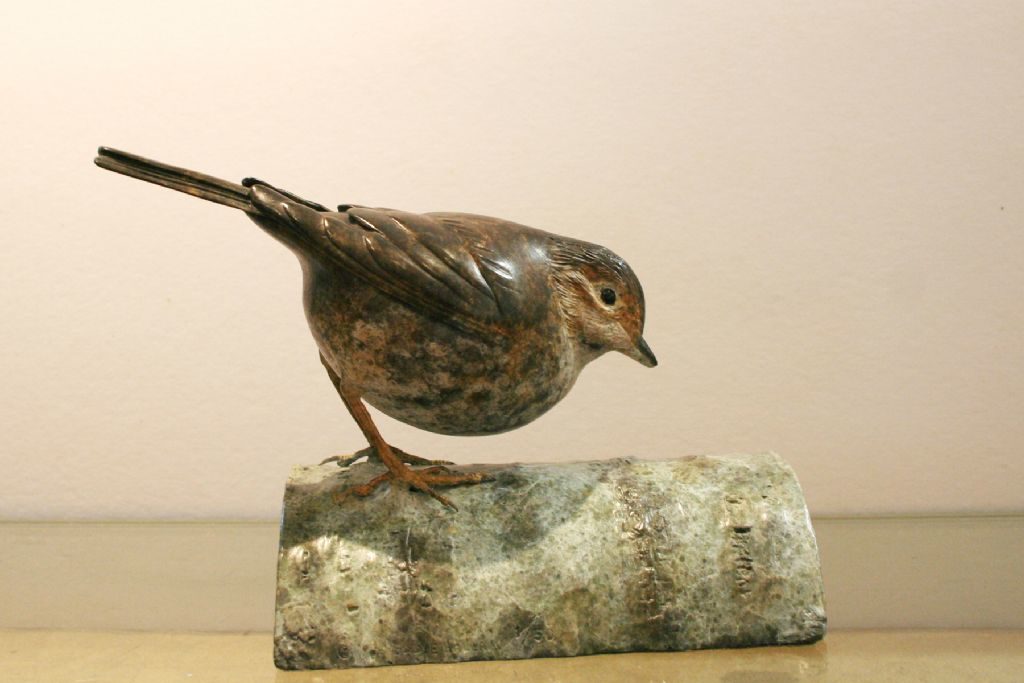
· Do you prefer to work outside/in your studio/a mixture of both?
If I can get them in the right order, I enjoy all three places. I really love sketching from life, but it can be hazardous. I have lost sketches in the sea, in rivers, in the wind, but sat sketching in a nice wild location is unbeatable. Sculpting is more convenient indoors. I use lots of tools, on odd occasions when sanding down or making dust I will work outdoors.
· Do you have a favourite painting that you have done? If so which one?
I like this painting of an otter that I developed from a sketch which I had done on the Isle Fettler an outlying island in Shetland. I spent some forty minutes in the company of this animal, but I like to think the otter is trying to work out if I am dangerous or not.

· Where/ or what is your favourite place/subject to paint?
Sculpting, or painting a lynx would always be my first choice. I think they are the most attractive animal I have ever seen. As a wildlife conservationist I spent many hours studying lynxes.

· How do you find titles for your paintings, does the idea come before or after?
Sculptures often select their own titles because the subject might involve two/ three, subjects which I have put into one. I often like to include the name of the area where I have stretched it. One example is the Monarch Isle curlew. The base of the sculpture is an outline of the monarch isle where I sketched.
Paintings I find easier to title, always there is some little detail that comes forward with a title.
· Who’s your favourite artist/artists?
For sculptures two stand out, my favourite wildlife sculptor is Nick Bibby, but my favourite sculptor overall is Denise Dutton, who is just unbelievable. She has done fantastic sculptures of Grand National winners, but also amazing figures. Why she is not world famous I will never understand.
· Which is the favourite piece of art by another Artist that you own?
One painting stands out in my collection. It is a quick sketch of a lynx by Ludvik Kunc. It is so simple but sums up the movement of a lynx and shows how familiar the artist is with the subject. It is stunning.
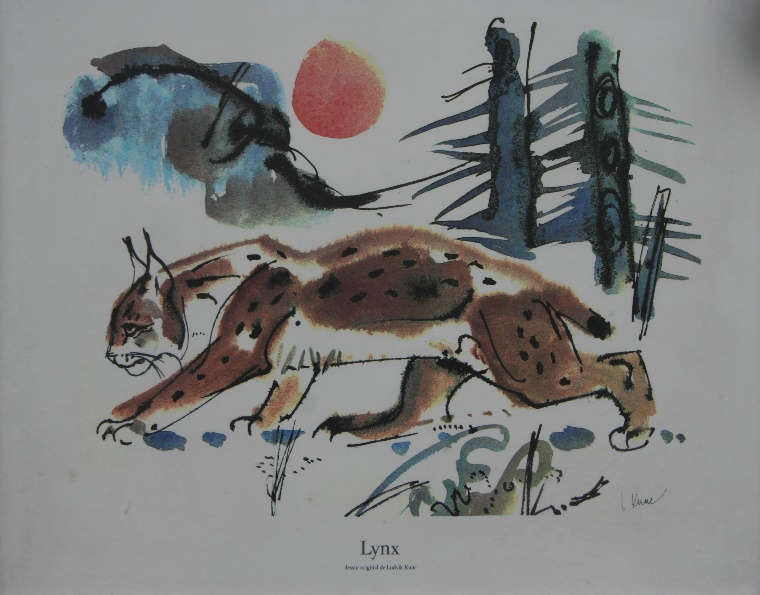
· What could you not do without in your studio?
My Vernier gauge. I use it every day.
· What does your studio space look like?
My painting space is clean, sometimes a bit untidy. My sculpting workshop was once described in an article as “artistic chaos” which is probably quite accurate.

· How do you feel your work has changed over the years?
I think and hope my painting and sculptures have improved with experience, but I still work to the same principles. I always do the absolute best that I can do for each sculpture or painting. You may not like it, but it is the best I can do at the time. On some subjects I have spent hours to get it right, but if I think I can do better I will destroy it and start again. I will never settle for “it will do “.
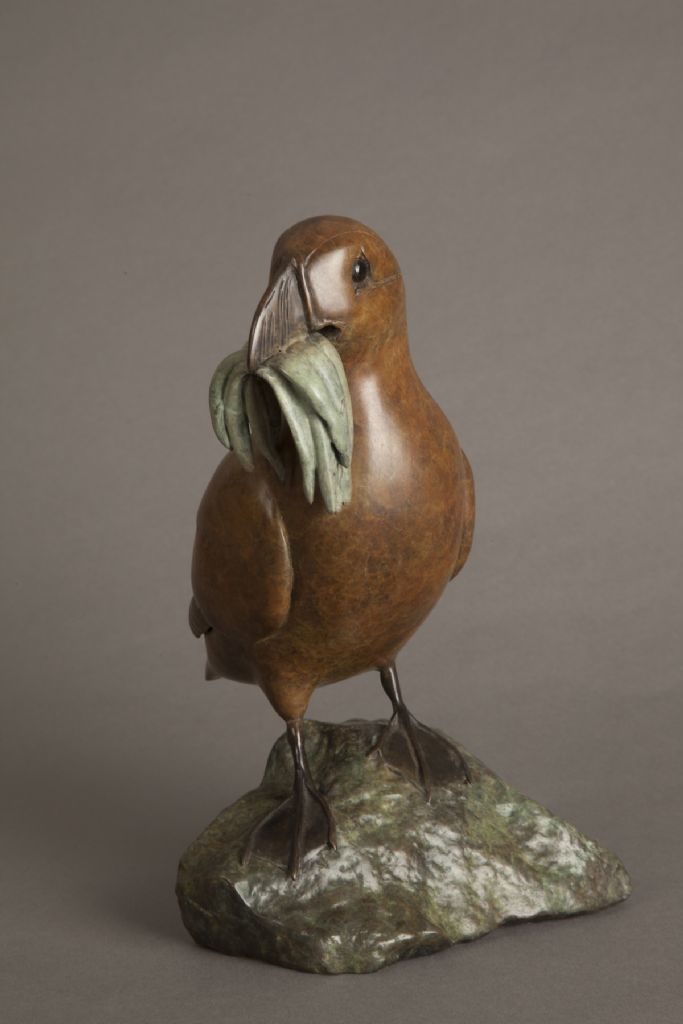
· What other work have you done apart from being an Artist?
A wildlife conservationist
· What is the best thing about being an artist for you?
I love the lifestyle, I like being in wild places especially remote islands, but, by far the greatest feeling is when a customer buys a piece of my work to put in their house. It makes all the effort worthwhile. A lovely thrill, no matter how often it happens I never take it for granted.
· Did you always know you wanted to be an artist?
I never thought of being an artist, despite sketching all my life. I had done painting for people, and the odd wood carving but seeing Nick Bibby’s work taught me two things one, I was ready for a new challenge, and bronze sculptures was what it was going to be.
· What are you working on at the moment?
I am working on an incredibly special painting. It is a painting of an island that I have tried to visit for many years, but it has always been, “out of bounds” to visitors, very private. I have persisted for many years now but recently had a breakthrough and got permission to visit. It will be a big painting for my lounge wall. Overly exciting. I am also sculpting a kestrel now but planning a full-size Norwegian lynx to start very soon.
· Can you show us some images from your sketchbook?
My sketchbooks are usually quite battered by the time they are filled.
They come in various sizes and can be quick ideas or sketches, even some are the back of envelopes or scrapes of paper. The ones I like the best are the very rough and ready type, often accompanied by written descriptions, or explanations. Some are years old but for sketches I do not try for master pieces


· What is your favourite medium to work in and why?
For painting I prefer acrylic paint. Quite easy to clean up after painting. Also, flexible and quite forgiving. For sculpture it can vary but I do like soft grade Chavan clay.
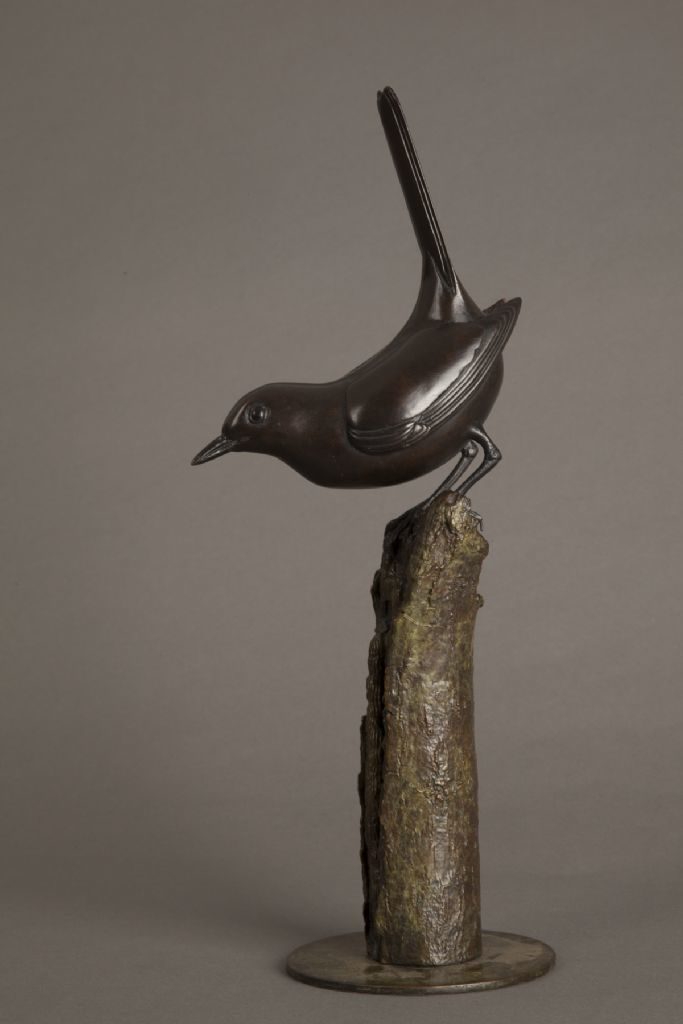
I hope you enjoyed that!
